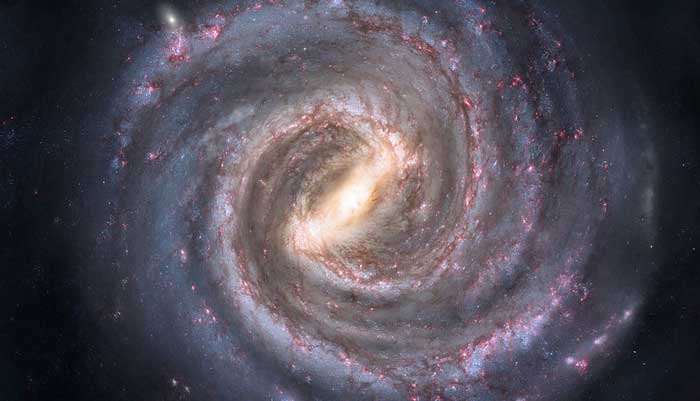1. Galaxy

What is the name of our home galaxy, which includes the Sun, Earth, Mars and all of the known exoplanets?

Travel into deep space in search of strange and unusual planets that lurk beyond our solar system, known as exoplanets. Are you a junior explorer or a rocket scientist? Take our exoplanet quiz and find out how you rank!

What is the name of our home galaxy, which includes the Sun, Earth, Mars and all of the known exoplanets?
